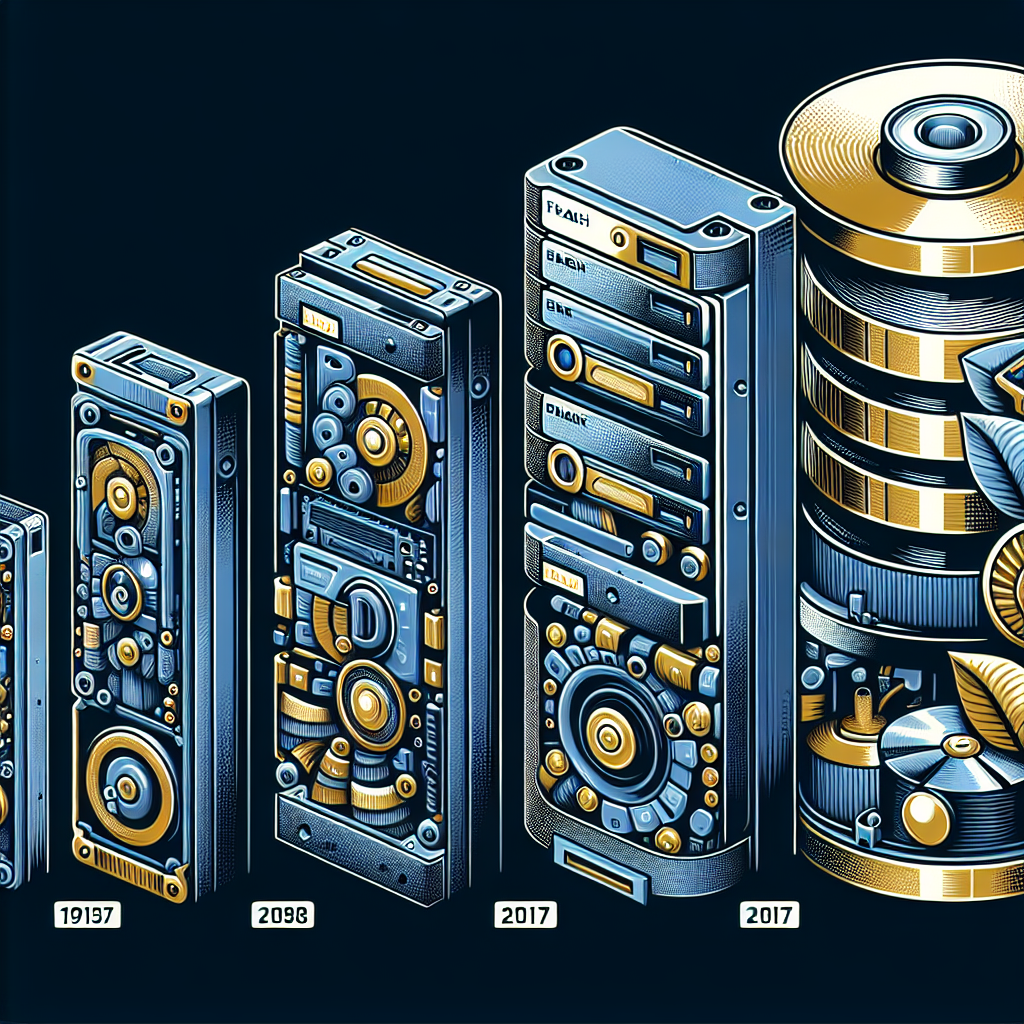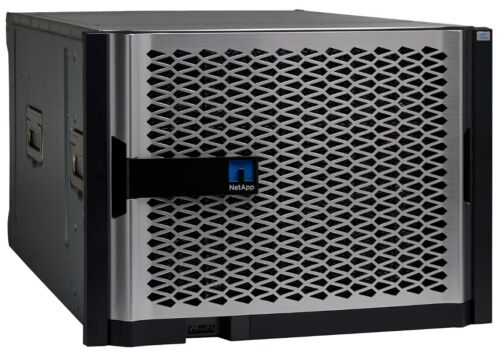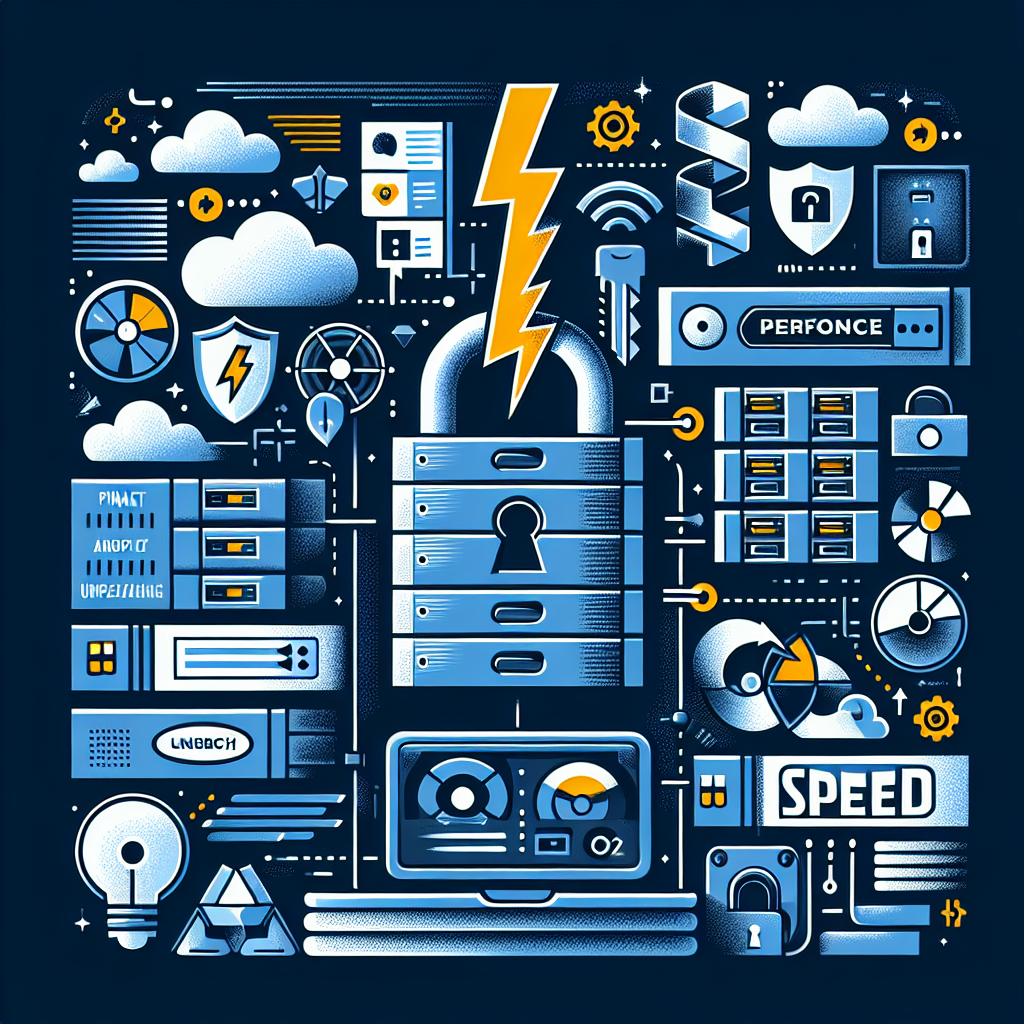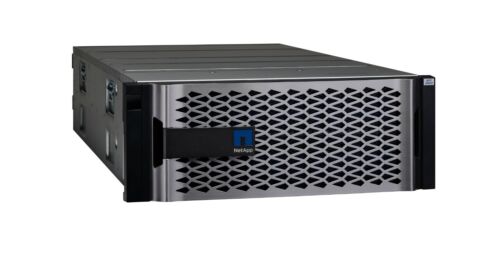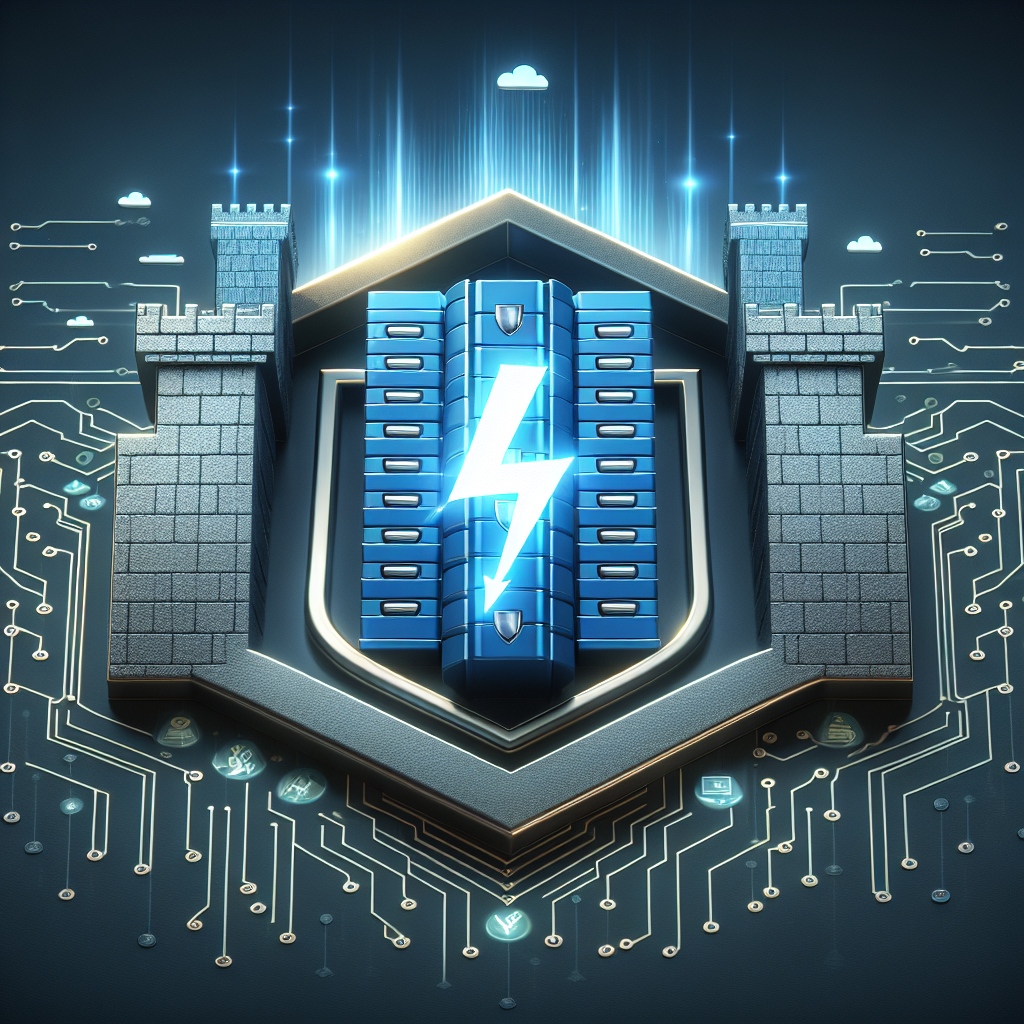In the world of data storage, the evolution of all-flash storage technology has been nothing short of remarkable. What was once considered a costly luxury reserved for only the most high-performance applications, all-flash storage has now become an essential tool for businesses of all sizes and industries.
The journey of all-flash storage began in the early 2000s, when flash memory technology started to gain traction as a faster and more reliable alternative to traditional spinning hard drives. However, the high cost of flash memory at the time made it prohibitive for most businesses to adopt on a large scale. It was primarily used in niche applications that required lightning-fast read and write speeds, such as high-frequency trading or real-time analytics.
As technology advanced and the cost of flash memory continued to decline, all-flash storage solutions became more accessible to a wider range of businesses. This shift was driven by the increasing demand for faster data processing and storage capabilities in the age of big data and cloud computing. Businesses needed to be able to quickly access and analyze vast amounts of data in order to stay competitive in today’s fast-paced digital landscape.
Today, all-flash storage has become a staple in the modern data center, offering unparalleled performance, reliability, and scalability. With the ability to deliver sub-millisecond latency and high IOPS (input/output operations per second), all-flash arrays are ideal for a wide range of applications, including virtual desktop infrastructure, database management, and business intelligence.
In addition to its performance benefits, all-flash storage also offers significant cost savings in the long run. While the upfront cost of deploying an all-flash array may be higher than traditional storage solutions, the total cost of ownership is often lower due to reduced power consumption, cooling costs, and maintenance requirements. Furthermore, the increased efficiency and productivity that all-flash storage enables can lead to tangible business outcomes, such as faster decision-making, improved customer satisfaction, and increased revenue.
As businesses continue to generate and consume more data than ever before, the need for high-performance storage solutions will only continue to grow. All-flash storage has evolved from a luxury item to an essential business tool that can help organizations stay ahead of the competition in today’s data-driven world. By investing in all-flash storage technology, businesses can ensure that they have the speed, reliability, and scalability they need to succeed in the digital age.
